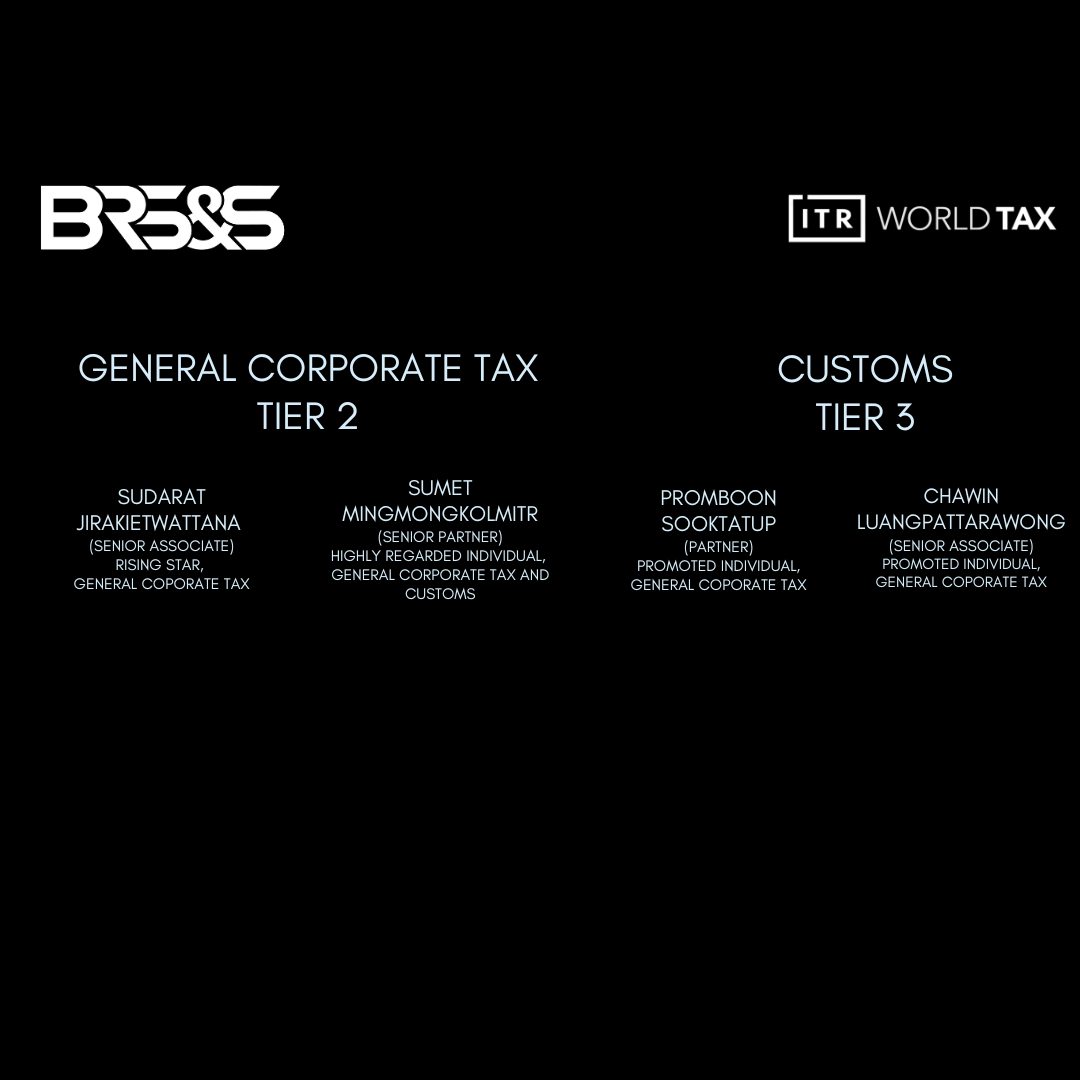Andreas Richter (Senior Partner)
Overview
Thailand will establish a 50-member special task force in October 2025 to address the expected surge in certificates of origin required under new U.S. trade rules. The initiative comes as U.S. authorities step up scrutiny of Southeast Asian exports, particularly to prevent transshipment—including the re-routing of Chinese sourced goods through third countries without adding value to avoid higher tariffs.
Key Developments
- Certificate Surge
Thailand anticipates a dramatic increase in certificate of origin requests, rising from approximately 70,000 per year to several million. - Tariff Discrepancies
While general tariffs on Thai exports to the U.S. have been adjusted downward to around 19% (from an earlier proposal of 36%), goods suspected of improper origin could face duties as high as 40%. - Trade Complexity
The forthcoming U.S. measures will introduce stricter regional value-content requirements, require more extensive documentation, and intensify cost and origin verification. These rules remain under negotiation but signal a far more rigorous compliance environment. - Thailand’s Trade Profile
In 2024, Thailand exported roughly USD 55 billion worth of goods to the U.S. while importing about USD 80 billion in goods from China—highlighting its position as a regional manufacturing hub heavily exposed to shifts in global supply chains. - Business Concerns
Local industry leaders caution that the increased documentation and compliance burden could slow shipments and raise costs for exporters.
What This Means for Businesses
| Stakeholder | Implications |
| Exporters | Anticipate heavier administrative requirements; ensure full compliance with origin rules and value-added thresholds. |
| Supply Chains | Re-evaluate reliance on Chinese inputs and consider diversification or relocation of sourcing. |
| Trade Counsel | Prepare for enhanced verification measures; establish compliance protocols and audit procedures. |
| Customs & Logistics | Scale up capacity to process higher certificate volumes; strengthen tracking and record-keeping systems. |
Understanding “Transshipment” in International Trade
Definition:
Transshipment is the transfer of goods through an intermediate country before reaching the final destination. In logistics, it may involve changing vessels, shifting transport modes, or using hub ports to consolidate shipments.
Legitimate Uses:
- Consolidating or breaking down shipments at a hub.
- Switching modes of transport (e.g., ship to truck).
- Routing through major hubs to reach remote markets.
Compliance Concerns:
In trade enforcement, transshipment also refers to routing goods through a third country with little or no substantial transformation to misrepresent their true origin. This practice is often used to bypass tariffs or quota restrictions.
U.S. trade authorities now treat such practices as high-risk for tariff evasion, triggering higher duties and intensified enforcement. Countries such as Thailand are under pressure to tighten customs oversight, enforce strict origin verification, and prevent misuse of transshipment channels.
Conclusion
Thailand’s decision to form a dedicated task force reflects the urgency of adapting to rapidly changing U.S. trade policies. Exporters and supply chain operators should act now to:
- Strengthen compliance systems.
- Reconsider sourcing strategies.
- Prepare for detailed rules-of-origin verification.
Proactive steps today will help businesses safeguard market access and avoid costly disruptions as enforcement intensifies.




